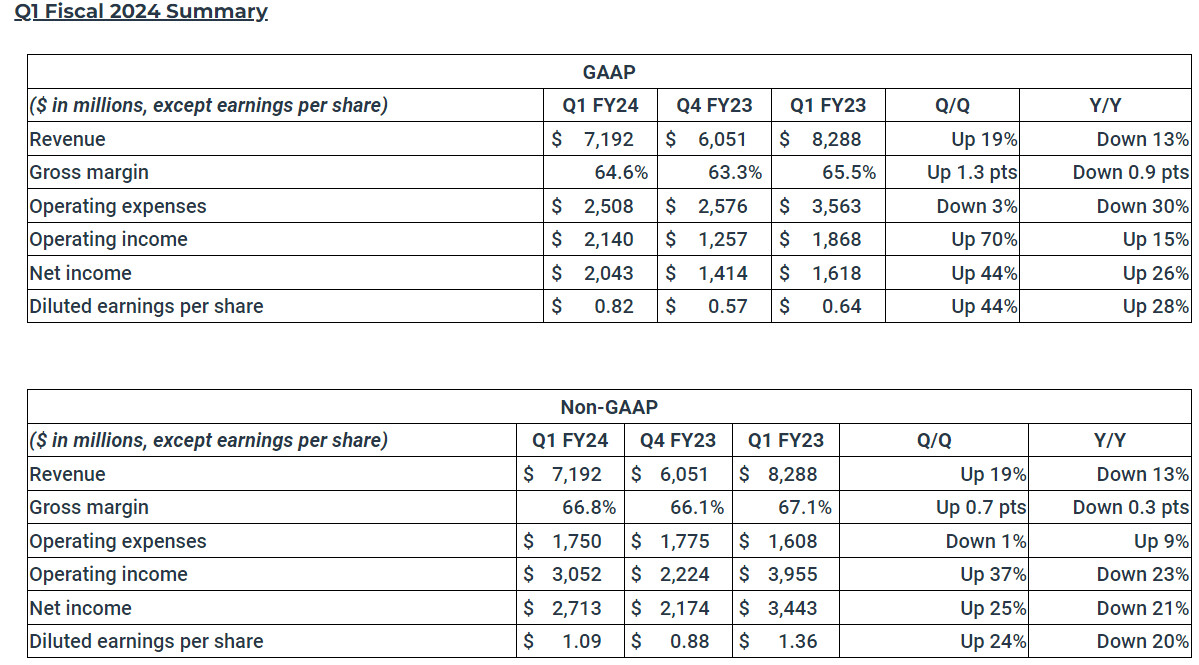Ruru
S.T.A.R.S.
- Joined
- Dec 16, 2012
- Messages
- 14,078 (3.06/day)
- Location
- Jyväskylä, Finland
| System Name | 4K-gaming / console |
|---|---|
| Processor | 5800X @ PBO +200 / i5-8600K @ 4.6GHz |
| Motherboard | ROG Crosshair VII Hero / ROG Strix Z370-F |
| Cooling | Custom loop CPU+GPU / Custom loop CPU |
| Memory | 32GB DDR4-3466 / 16GB DDR4-3600 |
| Video Card(s) | Asus RTX 3080 TUF / Powercolor RX 6700 XT |
| Storage | 3TB SSDs + 3TB / 372GB SSDs + 750GB |
| Display(s) | 4K120 IPS + 4K60 IPS / 1080p projector @ 90" |
| Case | Corsair 4000D AF White / DeepCool CC560 WH |
| Audio Device(s) | Sony WH-CH720N / Hecate G1500 |
| Power Supply | EVGA G2 750W / Seasonic FX-750 |
| Mouse | MX518 remake / Ajazz i303 Pro |
| Keyboard | Roccat Vulcan 121 AIMO / Obinslab Anne 2 Pro |
| VR HMD | Oculus Rift CV1 |
| Software | Windows 11 Pro / Windows 11 Pro |
| Benchmark Scores | They run Crysis |
I'm talking about SLI/Crossfire. Both have killed the support for those in few latest GPU generations already.No, it isn't. It's about the same it was when DX11 first got started up. It's 2.2% mGPU games total currently. The total number of DX12 games is around only 10% of what the total for DX11 games that are out. Also half of those games in DX12 support some type of raytracing, where as all games in DX11 supported tessellation.
I had a R9 290 Crossfire about four years ago and I was surprised how many newer games already lacked the support for it.









